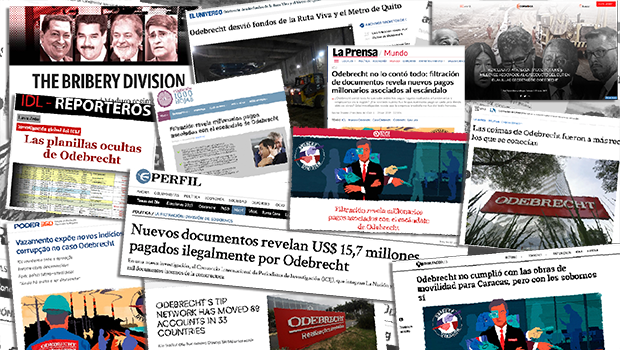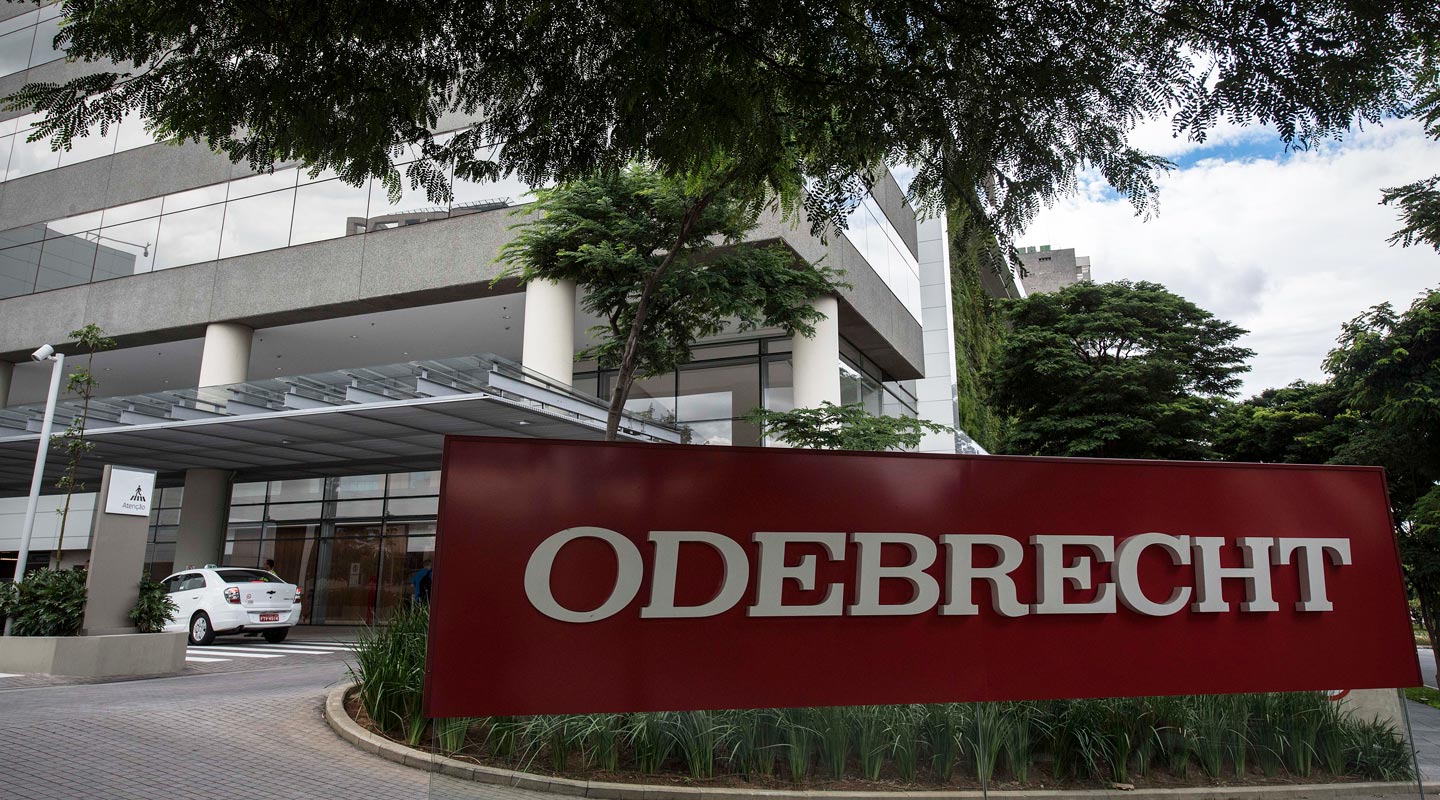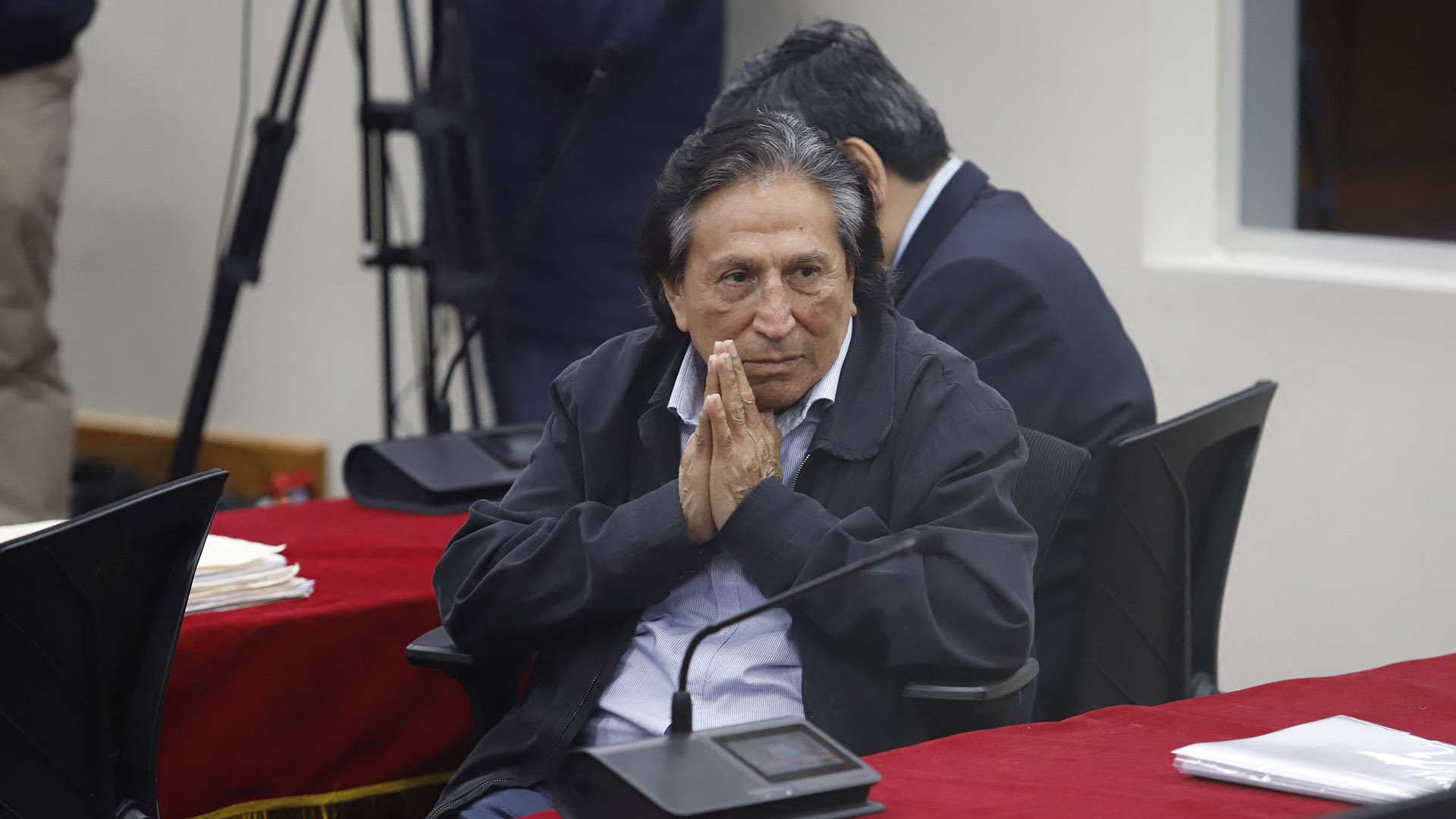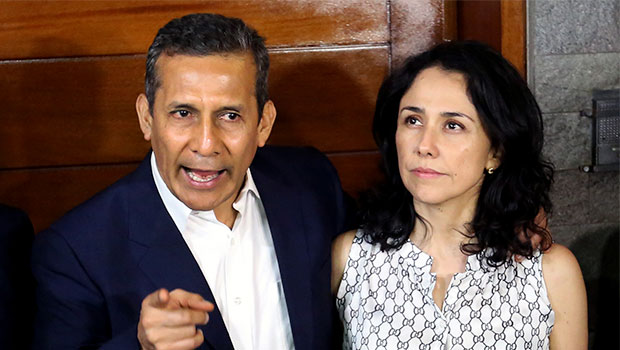As the fallout from the Bribery Division continues across the Americas, we are often asked how these cross-border investigations come about. Here we explain how our team was able to connect major public works projects and public officials to Brazilian construction firm Odebrecht’s secret payments for the first time, as well as how the investigation got started.
The Bribery Division, an investigation by the International Consortium of Investigative Journalists and 18 media outlets from Latin America and the United States, revealed hundreds of millions of dollars in hidden payments by a unit of Odebrecht that managed the company’s bribes.
The investigation brought together more than 50 journalists from across the Americas, who worked together to analyze more than 13,000 documents leaked from the bribery unit’s secret communication system.
How did the investigation start?
It began with an email in January 2019. ICIJ reporter Sasha Chavkin received a message entitled “Important investigation” from Andersson Boscán, an Ecuadorian journalist for the news organization La Posta.
Boscán had obtained a substantial leak of documents belonging to Odebrecht’s Division of Structured Operations, a unit of the construction company that had been created for the primary purpose of handling illegal payments. He said his preliminary review of the files showed payments across Latin America, and he was interested in working with an international team to investigate further.
ICIJ sent Sasha to Quito, Ecuador to meet with Boscán and retrieve a copy of the files.
How did ICIJ decide whether to conduct an investigation?
We uploaded the leaked files – more than 13,000 in total – to our secure online research platform Datashare and invited several media partners to begin probing the data. Some of these reporters had been covering Odebrecht for years and their investigations were well-known in Latin America.
“Queríamos compartir con ustedes información que estamos evaluando para un posible proyecto que conecta directamente con sus países y con un tema que ustedes han venido trabajando y conocen bien,” ICIJ editor Emilia Díaz-Struck wrote to the initial review team, alerting them to a potential project.
On March 5th 2019, the Tuesday of Brazil’s annual festival of Carnival, we had our first conversation with reporters from Brazil, Ecuador, Peru and Venezuela. Época, Poder 360, Convoca, IDL Reporteros and Armando.info immediately joined the collaborative effort. It quickly became clear that the materials were unique and held the key to important new stories on the Odebrecht scandal.
As the files were explored, new revelations were found and the reporting team grew steadily. By the time of publication, we were a team of more than 50 journalists from 10 countries.
What technologies did ICIJ use to work on the collaboration?
This investigation gave us a chance to test the latest evolution of our research platform – Datashare.
Datashare makes files machine-readable and searchable. It allows users to do keyword searches and sort, filter and preview documents. It also automatically extracts names of people, entities and locations to facilitate research. We used a cloud-based version of Datashare to make these 13,000 files searchable for all 50 journalists working on the investigation, but there’s also a version of Datashare that can be downloaded and used locally. (We’re always developing Datashare, and encourage more people to download and test our beta version.)
The team used ICIJ’s communication platform, the Global I-Hub, to share information securely. We also held weekly meetings to talk about each countries findings and coordinate the collaboration.
How was the reporting done in all the different countries involved?
ICIJ doesn’t believe in parachute journalism. Instead, we partner with local reporters, who have the best sources and the best local knowledge. Each partner shares their findings with the network and, with our help, coordinates reporting efforts wherever stories cross multiple jurisdictions.
For the Bribery Division, local partners used their intimate knowledge of the Odebrecht scandal and consulted different sources to verify their findings and gather relevant context for their stories. Even though Odebrecht had activities across the Americas, there are vast differences between how the company operated – and how official investigations unfolded – in each country. For example, over the last two years, Peruvian prosecutors have made 68 document requests of Brazilian authorities; Dominican prosecutors have made three.
At the agreed time of 11pm ET on June 25, we began to publish our findings together, across the Americas.
NEW: Our latest collaboration with 50 reporters across 10 countries in the Americas – the #BriberyDivision – reveals Odebrecht’s cash-for-contracts operation was even bigger than the company had acknowledged. https://t.co/9SVCRJA3O3 #LavaJato #Odebrecht pic.twitter.com/Kw6NtM1fwi
— ICIJ (@ICIJorg) June 26, 2019
What does the data look like?
The leak comes from inside the Division of Structured Operations’ secure communications system, called Drousys. It includes more than 13,000 records, out of which more than 11,000 were PDF files.
There are spreadsheets tracking hidden payments, statements from offshore bank accounts, emails, transaction records, contracts and computer logs.
The data was incomplete. Sometimes there were lists of files with dates and no additional details, for example. ICIJ’s partners had to extend their reporting well beyond the files to follow leads in their countries and find new stories to tell.

Where can the stories be found?
We have published a map that links to key stories across Latin America, and also highlights previously unreported secret payments linked to Odebrecht construction projects. The reporting continues.
Media partners working with ICIJ include:
- Argentina: La Nación and Perfil
- Brazil: Época and Poder 360
- Dominican Republic: Noticias Sin
- Ecuador: El Universo, Fundación Mil Hojas and La Posta
- Guatemala: El Intercambio
- Mexico: Mexicanos contra la Corrupción y la Impunidad
- Panama: La Prensa
- Peru: Convoca and IDL Reporteros
- United States: El Nuevo Herald, McClatchy, the Miami Herald and Univision
- Venezuela: Armando.info
A full list of the reporters who worked on this investigation can be found here. And you can watch the stories unfold on Twitter, using the hashtag #BriberyDivision and #DivisionDeSobornos
How can more documents be shared with ICIJ?
If you have relevant files or information that you would like ICIJ to explore, there are a number of secure ways in which you can reach us. You can find more details about how to leak to us here.






